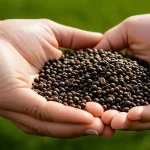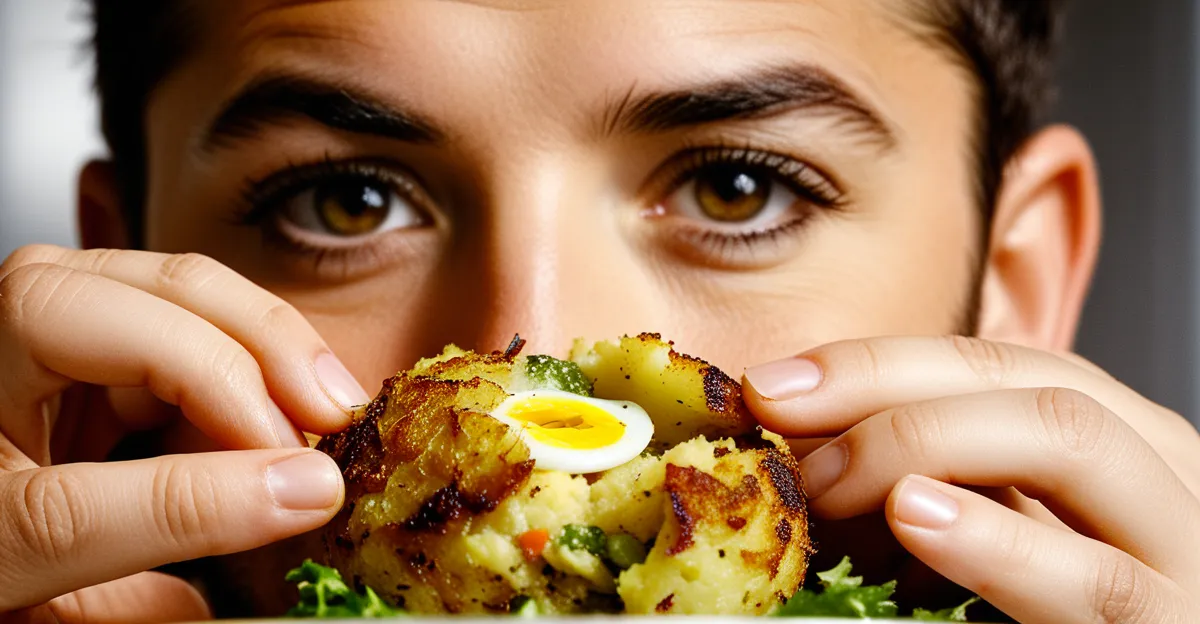Classic Bubble and Squeak Preparation
Prepare your bubble and squeak recipe starting with key traditional ingredients: mainly leftover potatoes and cabbage. These form the base of the dish and are essential for the authentic preparation that defines this traditional British dish. Other vegetables often included are carrots, Brussels sprouts, or peas, but potatoes and cabbage are non-negotiable for the classic taste and texture.
First, finely chop cooked potatoes and cabbage. If using raw cabbage, lightly steam it to soften before frying. Mix these ingredients gently without mashing to preserve some texture. Season simply with salt and pepper to highlight the natural flavours.
Also to discover : What are the essential steps to prepare a traditional steak and kidney pie?
For cooking, heat a generous amount of oil or butter in a heavy-based frying pan. Add the mixture, pressing it down into an even layer. Cook over medium heat to achieve the iconic crispy, golden crust on the bottom. This texture contrast between crispy edges and a soft interior is what makes bubble and squeak beloved.
Once the base is browned, flip the whole cake—or divide it into smaller portions—to brown the other side. Patience during cooking is crucial to prevent burning while developing crispness. This method ensures your classic bubble and squeak has the perfect blend of softness and crunch.
Also read : What Are the Must-Try Traditional Dishes From the UK?
Tips for Authentic Flavour and Texture
To achieve authentic bubble and squeak, selecting the right ingredients is crucial. Use leftover cooked potatoes and cabbage, ideally from traditional sources or home-cooked meals, to capture the genuine taste. Freshness matters—avoid overcooked or mushy vegetables as they hinder the desired texture.
Achieving the perfect crispy crust requires patience and proper heat control. Cook your mixture on medium heat with enough oil or butter to coat the pan. Pressing the mixture evenly helps form a uniform crust. Resist the urge to stir frequently; this interrupts the browning process. Flip carefully once the bottom is golden and crisp, then cook the other side similarly for the best texture.
Common pitfalls include overmixing, which can turn the bubble and squeak dense and heavy, and too high heat, causing burning without crisping inside. Also, avoid using raw vegetables without pre-cooking, as this lengthens cooking time and can result in uneven texture. Season just before cooking to enhance natural flavours rather than masking them.
By combining these traditional cooking techniques and attentive preparation, you ensure your authentic bubble and squeak delivers both the right flavour and the iconic crunchy-soft contrast that defines this traditional British dish.
Serving Suggestions and Presentation
Serving bubble and squeak offers versatile options for any meal occasion, particularly favored in a traditional British breakfast or as a comforting supper. This classic dish pairs exceptionally well with hearty accompaniments such as fried eggs, sausages, or baked beans. Including fresh herbs like parsley or chives as garnishes can elevate both flavour and visual appeal.
When serving bubble and squeak, presentation is key to enhancing the dining experience. Shape the cooked mixture into neat rounds or cakes for a tidy plate arrangement. Using a non-stick pan helps maintain the golden, crispy crust, ensuring it stays intact and visually enticing. Offering a dollop of tangy brown sauce or a side of mustard adds a piquant contrast without overpowering the dish’s natural flavours.
For a traditional touch, consider serving alongside black pudding or grilled tomatoes to complete the British breakfast feel. Alternatively, for supper, pair with roasted meats or cold cuts, emphasizing its versatility. Keeping the serving temperature warm helps maintain the desired crispiness and soft interior, ensuring authentic bubble and squeak continues to delight both taste and presentation.
Creative Variations and Dietary Adaptations
Exploring bubble and squeak variations allows enthusiasts to enjoy this traditional British dish with fresh appeal. While potatoes and cabbage remain foundational, adding alternative vegetables such as parsnips, sweet potatoes, or kale introduces new flavours and textures without sacrificing the dish’s character. For protein enhancements, cooked diced bacon, sausage, or even smoked salmon can be incorporated, broadening the recipe’s heartiness.
Vegetarian options thrive by focusing on diverse vegetables and plant-based proteins. For a vegan or gluten-free version, substitute butter with olive oil or vegan margarine, ensuring flavour and crispness remain intact. Nutritional yeast or vegan cheese adds umami depth. Using gluten-free breadcrumbs or oats helps to bind if desired, keeping the texture authentic.
Special touches may be included during festive seasons or when utilising leftovers. Adding cooked chestnuts, roasted parsnips, or a touch of horseradish sauce enriches the flavour palette while respecting core bubble and squeak recipe elements. These modern twists extend versatility and appeal, making the dish adaptable but still recognisable as a beloved traditional British dish. This creative flexibility helps keep the dish relevant, inviting experimentation while honouring its roots through authentic preparation.









